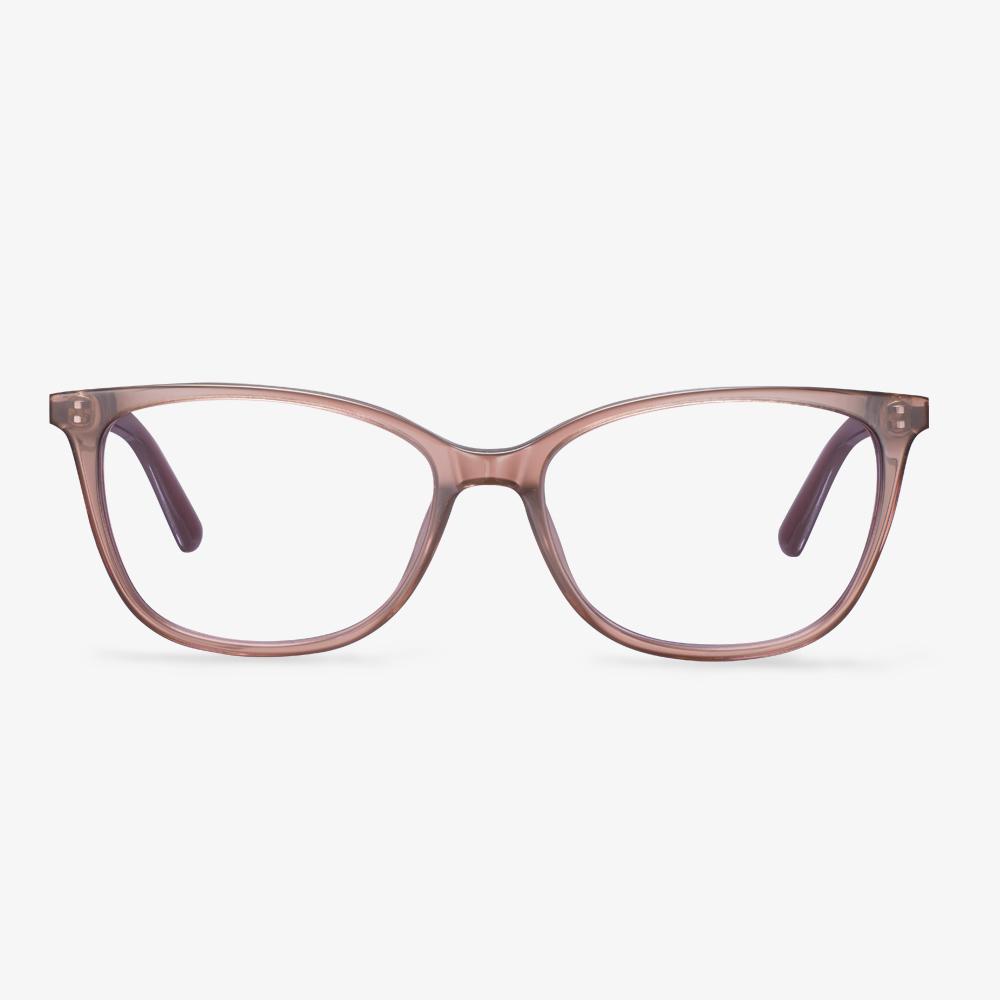FLYING BALLOON Cute Yellow Cat Animals Shaped Resin Eyeglass Holder
Using resin material, the cute yellow panda-shaped spectacle frame is designed for decoration and can be given as a gift to friends or family. It can be placed in the corner of the living room shelf, as a rustic decoration. It is perfect for birthdays, anniversaries, holidays, or the first time someone gets glasses.
Type of eyeglasses cloth
There are many kinds of cloth for glasses. There is mainly sheepskin eyewear cloth, and there is microfiber eyewear cloth. There are suede and double-sided cloth and so on. Professional eyewear cloth must use more than 200 grams of weight/per cubic centimeter of microfiber. This kind of raw material chemical fiber is fine, and tactility is soft, so it will not damage the lens. This kind of wipe cloth can be used on a computer screen. The two sides of the cloth are different, and the smooth side is used to scrub the lenses. Because the dirt on the lens is mostly small. The rough side is designed to give you more friction when you touch it with your finger, so you can use it more easily, and you can clean it more.
Thick black frame
During that time, in the memory of every nearsighted person, there is such a pair of black frame glasses. They can be big can be small, and can be square, round. If you wear this kind of glasses, you are the most handsome boy in the whole street. Of course, black-rimmed glasses have their benefits. Many big-name fashion magazines often use them to give stars a concave look during the shoot.
Progressive Lens
Standard progressive lenses are multifocal lenses with three observation areas, farsightedness, intermediate vision, and nearsightedness. Unlike bifocals, there are no visible lines between each viewing area. They have a seamless, invisible design, where the optical power changes 'gradually' throughout the lens. Many people confuse 'bifocal' or 'trifocal' with 'progressive' but remember that bifocals and trifocals have visible lines in the lens, while progressive lenses do not. Because progressive lenses have no lines in the lens, they are more popular multifocal lenses than bifocal lenses.
The main observation area of the progressive lens is a far distance, the smaller area at the bottom of the lens is used for myopia, and the middle area in the middle is smaller. Standard progressive glasses are very suitable for general purpose glasses, focusing on hyperopia activities (such as driving and walking) and sufficient area in the lenses for nearsighted activities (such as reading and computer use). The left and right sides or 'convex corners' of the lens are deliberately blurred to achieve an invisible design. The clearest line of sight in the gradual process is from the center to the top of the lens.
How Do Bifocal Glasses Work?
After learning some basic information about bifocal lenses, you should know how the bifocal glasses work.
With a pair of bifocal glasses, it would be convenient since they combine all your vision needs into a pair of glasses and you do not need to switch two pairs of glasses frequently. Bifocal glasses are usually designed to for those people who are over the age of 40-45 that need additional help with their near vision due to the effects of presbyopia where the crystalline lens inside the eye naturally begins to lose its ability to focus on near objects.
If you work in the office, you may need a pair of bifocal glasses. The top distance vision in the top of the lens can be used for meetings or presentations and the near vision in the bottom of the lens can be used to look at the computer screen or at documents.
What is a progressive lens?
A progressive lens is a lens whose upper sides are used to see far, and the lower side is used to see near. The distance from the fixed distance power above the lens to the near power fixed below the lens does not change suddenly, but a gradual transition between the two through the gradual change in refractive power.
Standard progressive lenses are multifocal lenses with three observation areas, farsightedness, intermediate vision, and nearsightedness. Unlike bifocals, there are no visible lines between each viewing area. They have a seamless, invisible design, where the optical power changes 'gradually' throughout the lens. Many people confuse 'bifocal' or 'trifocal' with 'progressive' but remember that bifocals and trifocals have visible lines in the lens, while progressive lenses do not. Because progressive lenses have no lines in the lens, they are more popular multifocal lenses than bifocal lenses. However, is progressive lens good for eyes?
How much do plano lenses cost?
If at big shop downtown, the price of the lens will exceed a hundred, but if you walk the campus store, will be a lot cheaper. Generally is 30-40 at least(not the poor quality, but the price is reasonable for students).UV protection, anti-fatigue, prevention of radiation, computer and television are the basic functions. In the campus store, it is several hundred or so, which can be matched with relatively good quality. Generally, the price of radiation-resistant resin lenses and frames is about 150. If you want to choose a better one, The price can be very high.


















































